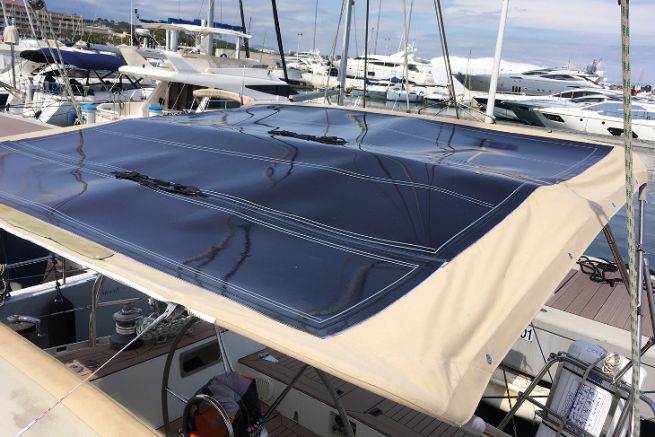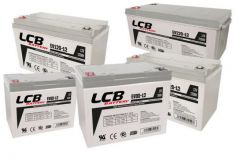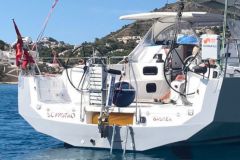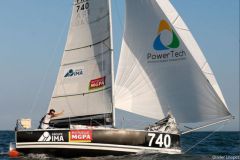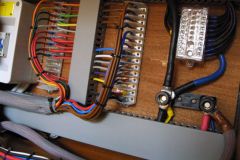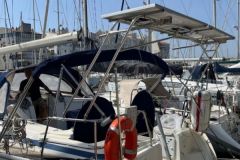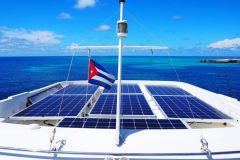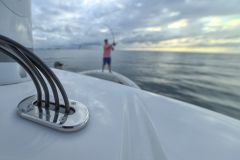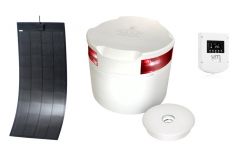High-tech photovoltaic cells for optimal energy density
Since its creation in 2014, SolarCloth System has constantly evolved its solar fabric technology to keep pace with scientific advances. In 2019, the French company validated its process for encapsulating CGIS-type photovoltaic cells in its textile structures. In partnership with the American leader MiaSolé, manufacturer of these multi-junction cells, Solar Cloth System has significantly improved the performance of its textile solar panels. The new cells, using 4 different metal collectors to collect solar radiation from a wider range of brightness, offer an efficiency of 17%, almost similar to rigid panels. With the textile integration of SolarCloth System, the result is the best weight/load capacity ratio on the market. With a peak power of 170W/m² and an average weight of 500 g/m², the energy density is 340 W/kg. Semi-flexible solar panels on the market have values around 70 W/kg and rigid ones around 13W/kg.
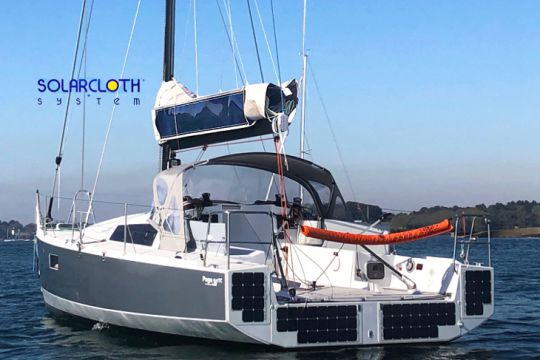
Easy integration on board the boat
There are many textile elements on board recreational boats, sailboats and motorboats. SolarCloth System solar fabrics can be used for weather and sun protection elements, such as biminis, lazy bags or down hoods. Lightweight and rollable, the products can easily be dismantled for winter storage, unlike semi-rigid solar panels (mono or poly crystalline) whose cells are made of glass, therefore breakable when rolled and difficult to store.
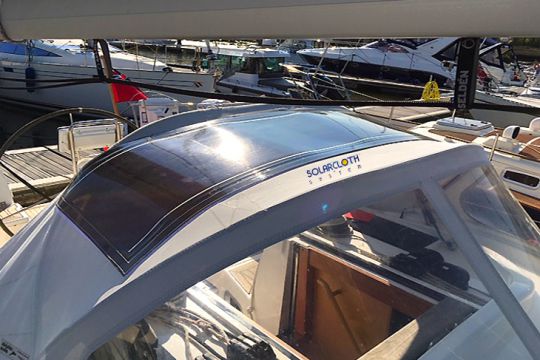
The size of the new cells also allows solar panels to be integrated on the mast or boom. "We have been working with Arkema and Bostik, through skipper Lalou Roucayrol, on the systems for gluing Solar Cloth System solar panels to the rigging," explains Alain Janet, the company's founder.
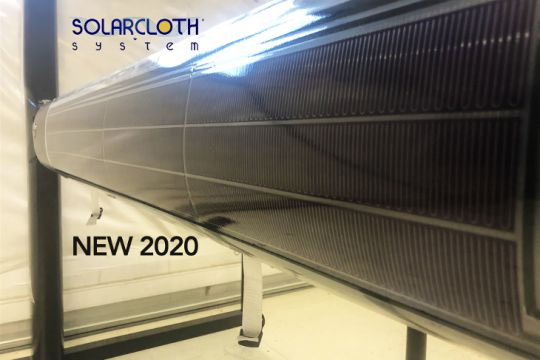
Last but not least, solar sails are reserved for boats that sail a lot. "For this to be relevant, it requires transoceanic navigation and high output sailboats, with crews well trained in maintenance and equipment precautions. It is also necessary to position the adapted slats to avoid any faseyement" says Alain Janet.
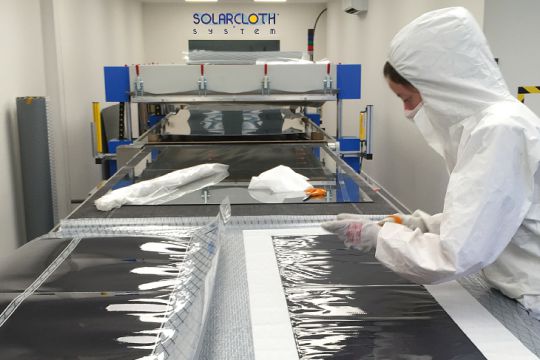
A technology that is always evolving
SolarCloth System relies on all available academic resources and works on its manufacturing process to continuously optimize it. Qualified for aeronautics by the CNES, and backed by the world's number one in thin films, the company is committed to pursuing technological improvements. " The cell yield today of 17% could go up to 35% according to scientists' calculations!" enthuses the founder of SolarCloth System.
